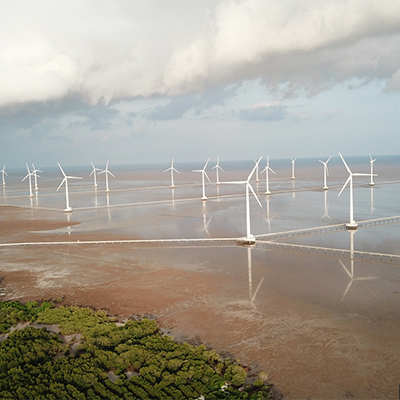“Thailand could become a right-hand drive production hub for Chinese EVs, for the local market and export them to the ASEAN region or Australia,” said Kunat Tharasrisuthi, senior analyst of EVs at LMC Automotive. Thailand’s road system is geared to right-hand drive vehicles.
According to latest available figures provided by LMC, Thailand and Indonesia offer the largest domestic markets for vehicles in Southeast Asia- each sells close to 1 million units every year - with the 2 countries competing annually to be the top market for sales.
In the EV space, nickel-rich Indonesia has been using its huge deposits of nickel - the main raw material in lithium MNC (manganese, nickel and cobalt) batteries - as an incentive for global EV producers such as LGES and Tesla to base their battery production and car assembly on the archipelago.
While Tesla recently agreed to buy US$5 billion worth of nickel from Indonesian mines over a 5-year period, it has yet to sign on to a local assembly deal. This, said observers, may have something to do with the fast-changing technology for lithium batteries, which are at the heart of EV production.
While NMC lithium batteries currently account for the largest share of EV battery sales, they are quickly being replaced by LFPs, or lithium batteries whose main raw materials are iron and phosphorous, which are now commonly used in Chinese EV brands.
Still, there are many other reasons why EV auto makers may want to use Indonesia - the largest economy in Southeast Asia - as a production base. Hyundai has chosen Indonesia for its regional production base for internal combustion engine (ICE) and EV cars, and is on track to export 300,000 units from the country this year alone.
The most interesting EV story in all of Southeast Asia these days is VinFast, the Vietnamese-made EV model that is now attempting to penetrate the US and European markets, after launching ICE models successfully in its domestic market last year.
VinGroup’s VinFast is positioning itself to take on the larger and more established Chinese EV brands by joining forces with non-Chinese partners.
“ASEAN must develop partnerships with European and American companies to secure both technology and access to global markets,” said Dunne, noting that VinFast is building linkages with global leaders like Samsung and Italy’s Pininfarina.
“Before the end of this year, VinFast plans to have their VF-8 cars running on the streets of California, Holland, Germany and France. Now it faces this crucial test of just how many buyers in Europe and the US will embrace this little-known brand from Vietnam,” he said.
LMC’s Kunat believes VinFast is taking a big gamble by going big overseas first, before trying to penetrate the ASEAN market in a bigger way first.
“By selling their EV in the US they can gain some publicity, so maybe they are trying to make a name for themselves in the American market first, and then come back to Southeast Asia,” he said.
Source: The Business Times © SPH Media Limited. Permission required for reproduction.









